“At the going down of the sun, and in the morning, we will remember them”
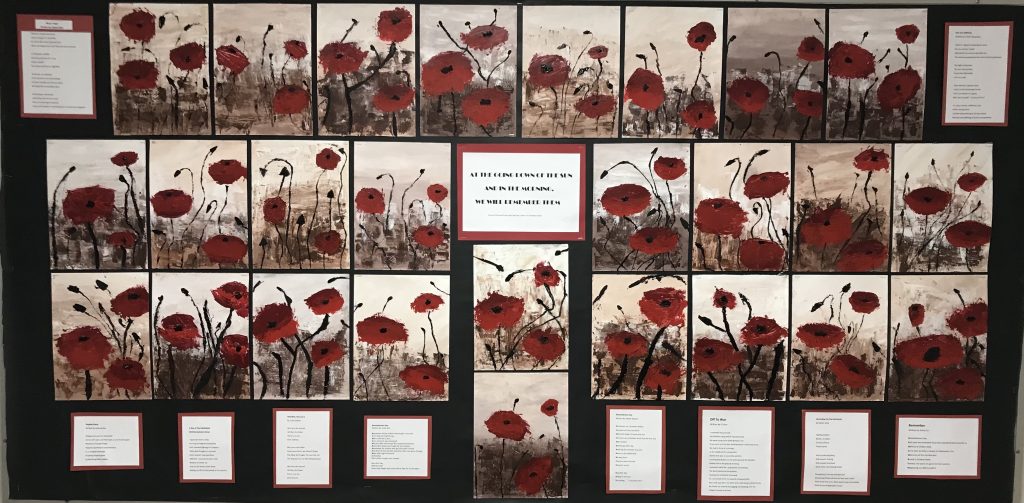
Impressionistic Acrylic Poppies Painted on Canvas Using a Palette Knife
To view the poetry please visit your child’s individual blog.

Impressionistic Acrylic Poppies Painted on Canvas Using a Palette Knife
To view the poetry please visit your child’s individual blog.
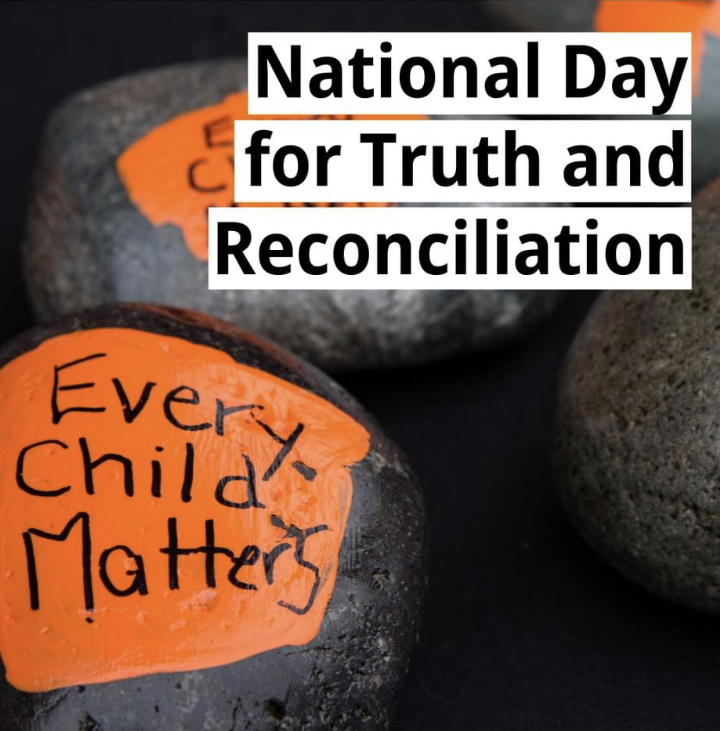
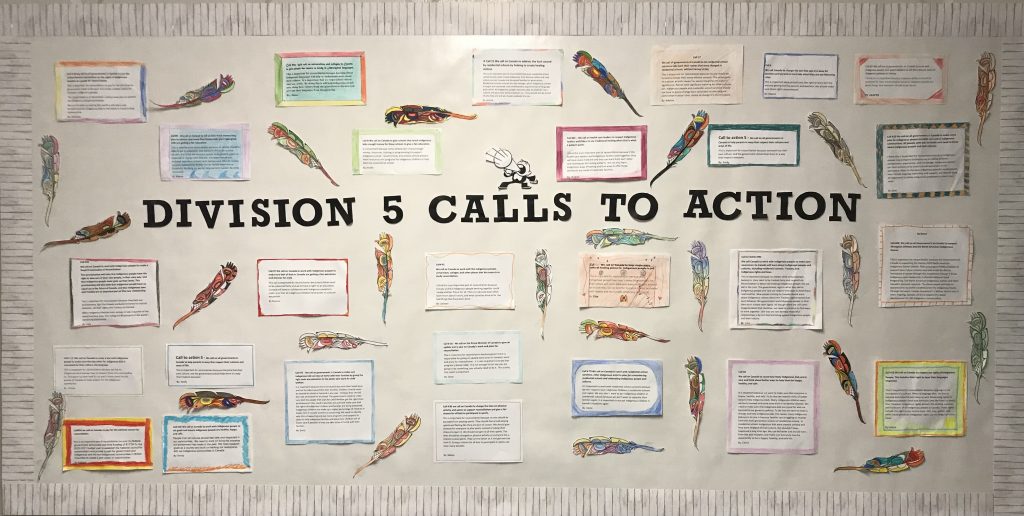
This week in class we’ve been learning about the harmful effects of residential schools and past government policy. We’ve discussed the meaning of reconciliation and have learned that reconciliation “is the reestablishment of broken relations, or forging of positive accord where there has been discord.” We’ve all learned what it means to be an ally and have identified ways we can resolve differences and build a path forward. In doing so we explored the Truth and Reconciliation Commission of Canada’s 94 Calls to Action. Afterwards we identified calls to action that resonated with us and discussed why they are an important part of the reconciliation process. As Justice Murray Sinclair of the Truth and Reconciliation Commission said, “education brought us here, education will help us get away from this.” By educating ourselves on Canada’s past wrongdoings we can ensure we do not repeat these same mistakes in the future and work toward building mutually respectful relationships with our indigenous communities in Canada.
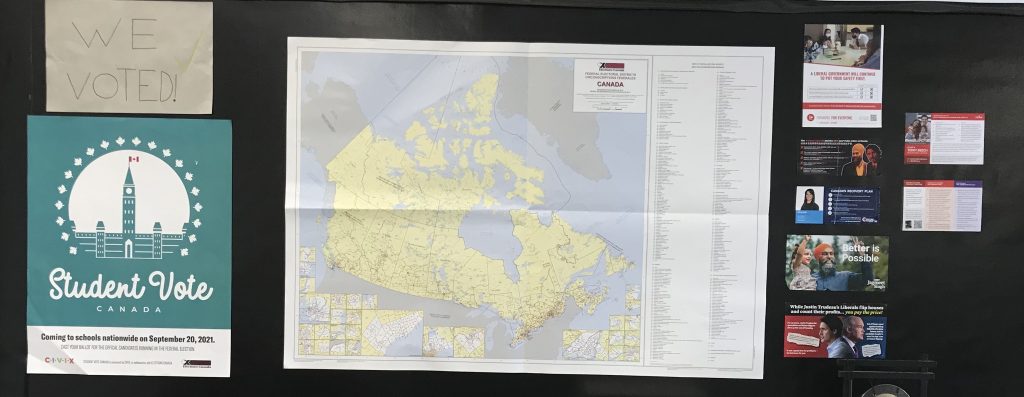
Links to Student Presentations on our Burnaby North Seymour Candidates:
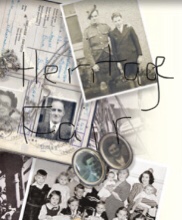
This year students from Divisions 1 through 5 researched about historically significant people, places, and events in Canada. They used inquiry processes to ask questions; gather, interpret, and analyze ideas; draw conclusions and make ethical judgements about events, decisions, and actions; and used technology and design skills to communicate their findings to their audience.
To view their Heritage Minutes click here: https://sd41-my.sharepoint.com/:v:/g/personal/e19647_burnabyschools_ca/Ee-07KMR10lOklG9vyWxo4cBho8fV3IUlMMjiNCnfmHONg?e=z7TQe7
To view their posters and see who the award recipients were click here: https://sd41-my.sharepoint.com/:v:/g/personal/e19647_burnabyschools_ca/EVtGXh4xhQ9IhAwjp2p0KSIBa_0sgIYatIJO0djgaO_QEA?e=u5PgMr
Students did an excellent job and we learned lots from their presentations. Well done everyone!
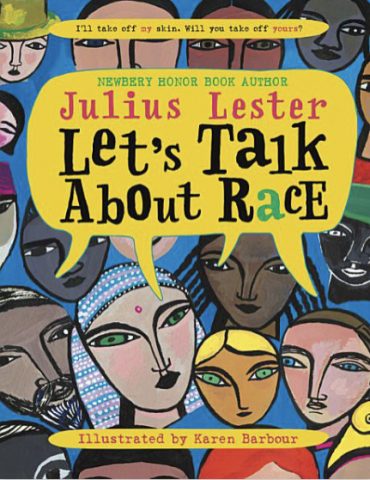
This book “Let’s Talk About Race” Written by Julis Lester and Illustrated By Karen Barbour was a springboard for our in-class discussions about race, racism, discrimination, stereotypes, and inequality. In the book Julius Lester describes how our lives are stories and the differences are merely in the details and that beneath our skin we are all the same. Questions students were asked to consider and discuss were:
Following this activity students then examined the work of Dr. Martin Luther King Jr.’s and listened to one his his most famous speeches, which he delivered to a quarter of a million people in 1963 in Washington, DC. In his speech Dr. Martin Luther King Jr said, “I have a dream that my four little children will one day live in a nation where they will not be judged by the color of their skin but by the content of their character.” Students were then asked to discuss whether or not his dream has been fulfilled yet and compose an essay with evidence to support their claims. Many students agreed that while progress has been made with regards to eliminating racism. discrimination, and inequality more still needs to be done to achieve his dream.
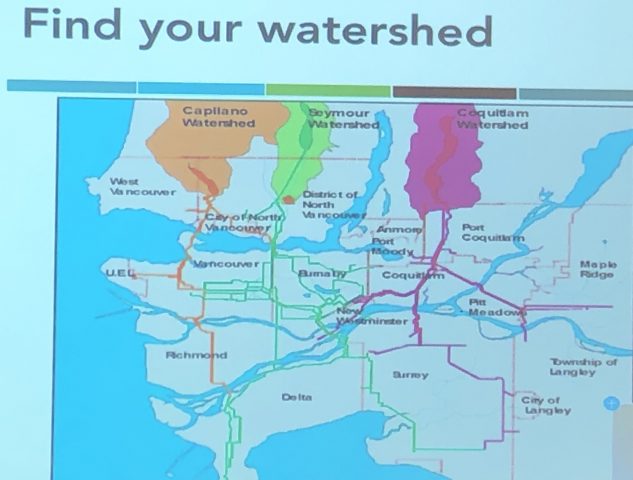
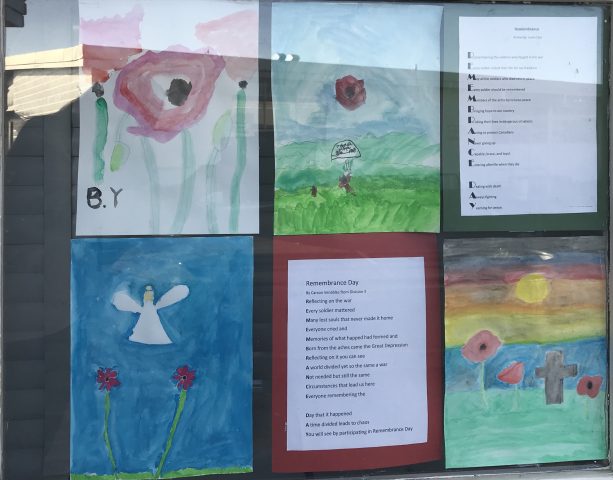
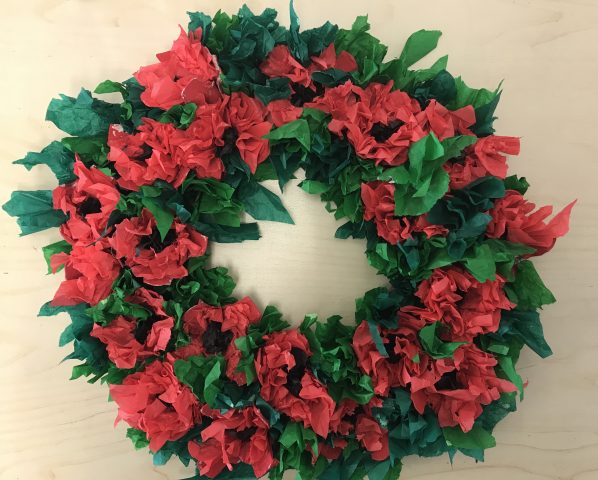
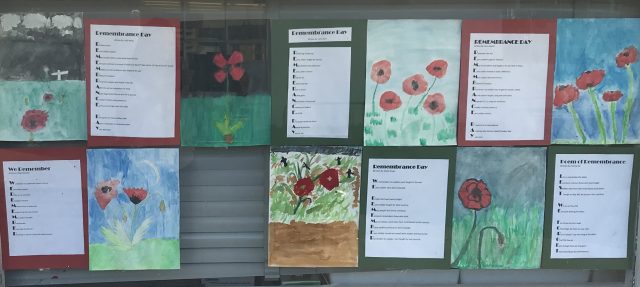
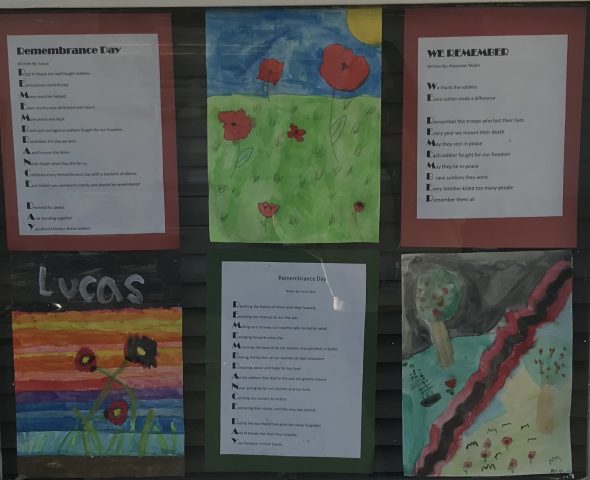
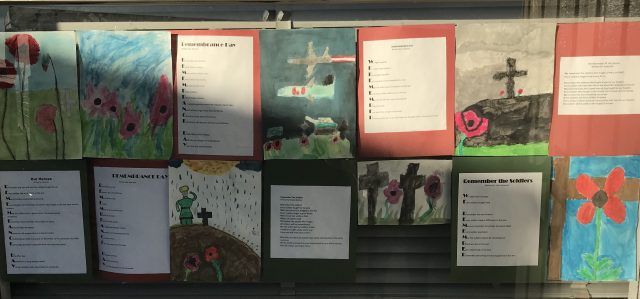
To celebrate Remembrance Day, we made acrostic poems, paintings of poppies and a wreath of poppies for Remembrance Day Ceremony. To make the wreath we cut egg cartons into poppy shapes, painted them red, added red, black and green tissue paper. Once the poppies were complete we assembled them on to a piece of red card stock to form the wreath. To make the paintings we created a prototype of our design, drew them again on watercolour paper and painted them with watercolour paint. These pieces of art were then put on display with our Remembrance Day poetry.
Written By: L.C and G.G
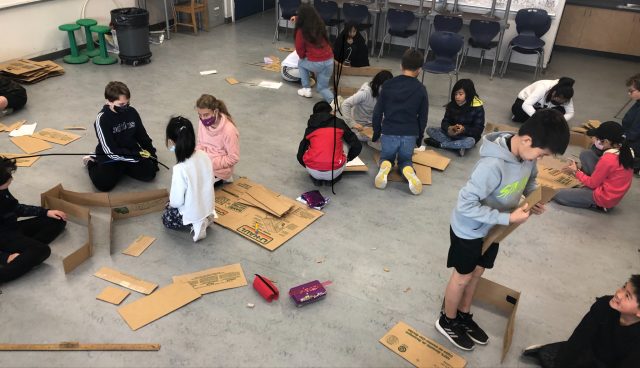
Video: Navigating Mazes With Sphero
During Tech Day on Thursday, our class constructed mazes out of cardboard in small groups. We then had to code Spheros to navigate through the mazes without touching the walls or running into any obstacles. Some of the challenges we faced were constructing the obstacles within the maze and then coding the Spheros to be able to navigate through the maze. We had to learn how to adjust the speed, distance and angles to get the Spheros to navigate successfully through our maze and over ramps and bridges. We also had to learn to work together and divide tasks equally so that everyone was able to participate and take turns coding.
Written By: Carina, Emma, and Laurie.
Div 3 Class Blog ©2024. All Rights Reserved.
Powered by WordPress.
Theme by Phoenix Web Solutions